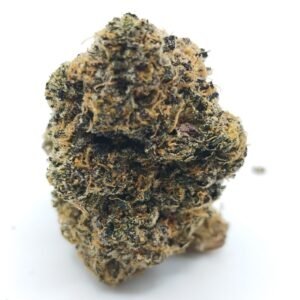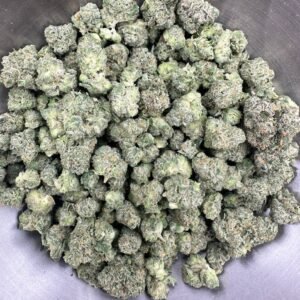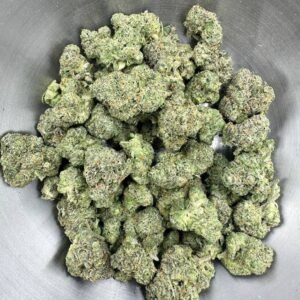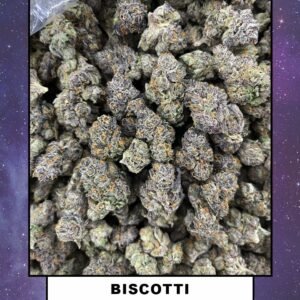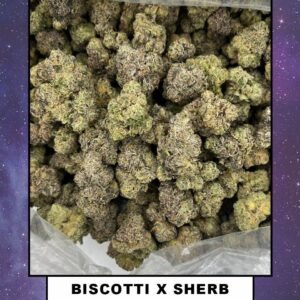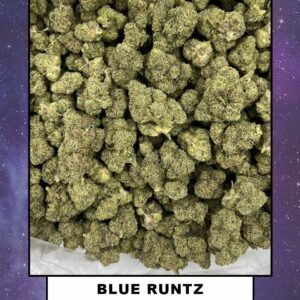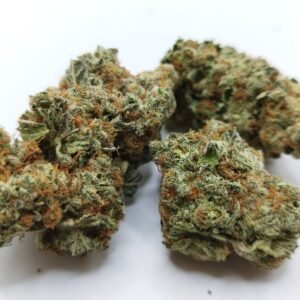THC Bud
Marijuana Flower
Introduction
Marijuana flower, also known as cannabis bud or weed or THC Bud, is the most recognizable and traditional form of cannabis consumption. In this comprehensive overview, we will provide a detailed description of marijuana flower, including its appearance, aroma, strains, methods of consumption, effects, and legal considerations.
1. Appearance of Marijuana Flower
a. Structure
THC Bud consists of densely packed, dried cannabis buds.
Buds come in various sizes and shapes, often resembling miniature pinecones.
b. Color
Colors range from vibrant green to deep purple, with variations based on strain and growing conditions.
Pistils, hair-like structures, can be orange, red, or brown.
c. Trichomes
Tiny, crystalline structures covering the buds.
Contain cannabinoids, such as THC and CBD, responsible for the plant’s effects.
2. Aroma and Flavor
a. Aroma
Diverse and complex, influenced by terpenes.
Common aromas include earthy, citrus, fruity, floral, and piney notes.
b. Flavor
The taste when smoked or vaporized often reflects the aroma.
Flavor profiles can vary widely between different strains.
3. Marijuana Flower Strains
a. Indica
Known for relaxing effects, often associated with nighttime use.
May provide pain relief and relaxation.
b. Sativa
Known for uplifting and energizing effects, typically used during the day.
May enhance creativity and focus.
c. Hybrid
A combination of both indica and sativa strains.
Effects vary depending on the specific hybrid.
4. Methods of Consumption
a. Smoking
Rolled into joints or smoked in pipes and bongs.
Quick onset of effects but may have a harsh smoke.
b. Vaporization
Heats the flower to release cannabinoids without combustion.
Reduces the harmful byproducts of smoking.
c. Edibles
Flower can be used to make homemade edibles, such as brownies or butter.
Effects are delayed but can be potent and long-lasting.
d. Tinctures and Topicals
Flower-infused tinctures and topicals are used for medicinal purposes.
Applied topically or taken orally for pain relief and relaxation.
5. Effects of Marijuana Flower
a. Psychoactive
THC is the primary psychoactive compound, leading to euphoria, altered perception, and relaxation.
b. Medicinal
CBD, another compound in cannabis, offers potential medicinal benefits, such as pain relief and anti-inflammatory properties.
c. Short-Term and Long-Term Effects
Short-term effects include altered sensory perception, increased appetite, and impaired coordination.
Long-term use may have health risks, including cognitive impairment and addiction potential.
6. Legal Considerations
a. Legal Status
The legality of marijuana flower varies by country, state, or jurisdiction.
Check local laws and regulations before buying or using.
b. Age Restrictions
In legal areas, there are typically age restrictions for purchasing and consuming marijuana flower.
Conclusion
Marijuana flower remains a popular and versatile form of cannabis consumption, appreciated for its unique characteristics, diverse strains, and potential therapeutic benefits. However, it is essential to understand the various aspects of marijuana flower, including its appearance, aroma, strains, consumption methods, effects, and legal considerations, to make informed choices when using this cannabis product. Always prioritize responsible and legal use.
Showing 1–9 of 31 results



